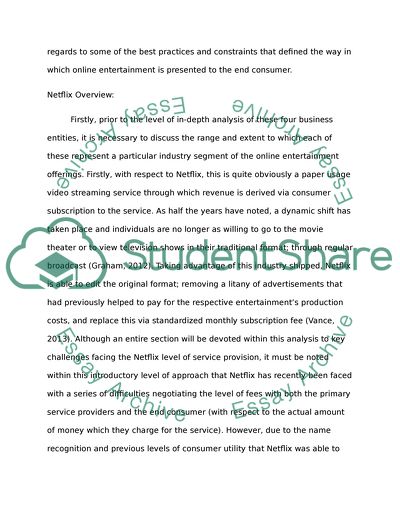Cite this document
(“Online entertainment Research Paper Example | Topics and Well Written Essays - 3250 words”, n.d.)
Online entertainment Research Paper Example | Topics and Well Written Essays - 3250 words. Retrieved from https://studentshare.org/e-commerce/1484735-online-entertainment
Online entertainment Research Paper Example | Topics and Well Written Essays - 3250 words. Retrieved from https://studentshare.org/e-commerce/1484735-online-entertainment
(Online Entertainment Research Paper Example | Topics and Well Written Essays - 3250 Words)
Online Entertainment Research Paper Example | Topics and Well Written Essays - 3250 Words. https://studentshare.org/e-commerce/1484735-online-entertainment.
Online Entertainment Research Paper Example | Topics and Well Written Essays - 3250 Words. https://studentshare.org/e-commerce/1484735-online-entertainment.
“Online Entertainment Research Paper Example | Topics and Well Written Essays - 3250 Words”, n.d. https://studentshare.org/e-commerce/1484735-online-entertainment.


